By volunteering to be an escort driver you will be joining a dedicated team of people working to make the ride safe for the cyclists in your “pack”. There are two escort vehicles for each pack of cyclists: one at the front and on at the rear. You and your escort partner will spend a good deal of each ride day driving at considerably less than 40 kph, constantly keeping an eye on your pack and on overtaking traffic, and constantly communicating by radio with each other, with the pack leader, and with the escorting police officer. A major part of your work will be to help vehicles to overtake the pack without causing harm to the cyclists. We hope that you do decide to volunteer; here are some things that you should know before making that decision.
Escorting a pack is not difficult, but it requires constant attention. Don’t imagine that you will be turning on the cruise control and sitting back to listen to your favourite CD! You will be paying constant attention to the riders and the traffic. Many escort drivers do the job alone, but some prefer to have company in their vehicle. You might choose to ask a friend to volunteer with you.
Escort drivers usually drive their own vehicles, but it may be convenient to borrow a vehicle. If you would like to volunteer but don’t have a vehicle, ask the volunteer coordinator what the options are. If you use your vehicle you are responsible for all your vehicle costs, including fuel for the return journey, but the ride will pay for your fuel from Cairns to Karumba.
You will need to attach a “Caution Cyclists” sign to your vehicle, facing forward for a front escort or backwards for a rear escort. You should think about how you will do this. The sign is 90 cm wide by 30 cm high (3 feet by 1 foot), with eyelets at the corners. You will also be given a flashing amber light which must mounted on the roof of your vehicle. You will need a working 12 V socket (cigarette lighter type) in your vehicle to plug it into. If you don’t have roof racks, the light can be simply placed on the roof of the vehicle; its magnetic base will hold it in place. If you have roof racks you may need to work out a method of mounting the light so that it is clearly visible from all directions. The light must be visible both from behind and ahead, regardless of whether you are the front or rear escort.
It sometimes happens that a bicycle breaks down or a rider is unable to continue for health reasons. Either you or your escort partner (or both) will need to transport the bicycle and its rider, usually to the next drinks stop. You should let the volunteer coordinator know if you will find it difficult to carry a bicycle and/or an extra passenger, so that you can be paired with an escort driver who can.
On most days you (or your escort partner, or both) will be expected to carry your cyclists’ lunches, preferably in an esky that you bring with you. The ride will provide ice, but cannot provide eskies. If you don’t have a suitable esky, a large plastic storage box would do the job, assuming it’s inside your air-conditioned vehicle. You (or your escort partner, or both) will also be expected to carry personal items such as small backpacks, clothing, spare tubes and tyres, etc. which cyclists might want to have access to during the day.
You will need to make some space available for this in your vehicle. Again, you should let the volunteer coordinator know if you will find it difficult to carry lunches or gear. Once you are allocated a pack and an escort partner, you can get in touch with your partner to agree on who will do what.
It’s not hard to do.
We hope you will volunteer!
Keys to Great Escort Driving
1. Be Alert at all times
2. Work with your team of riders.
3. Communicate openly and positively.
4. Enjoy the wonder of beautiful FNQ.

